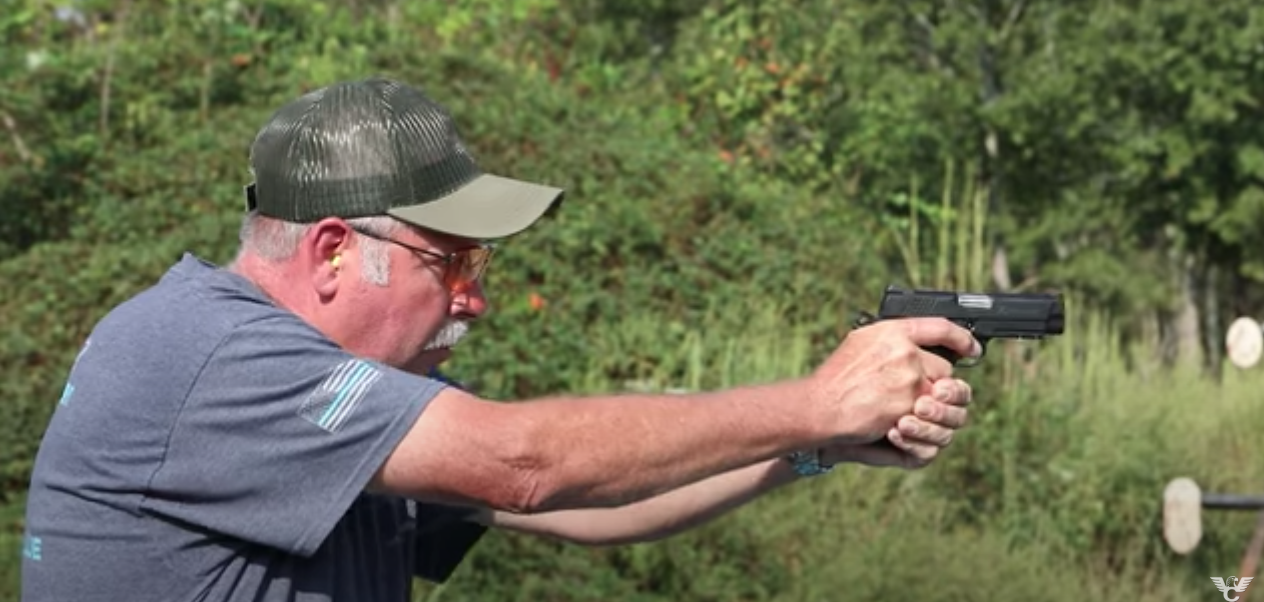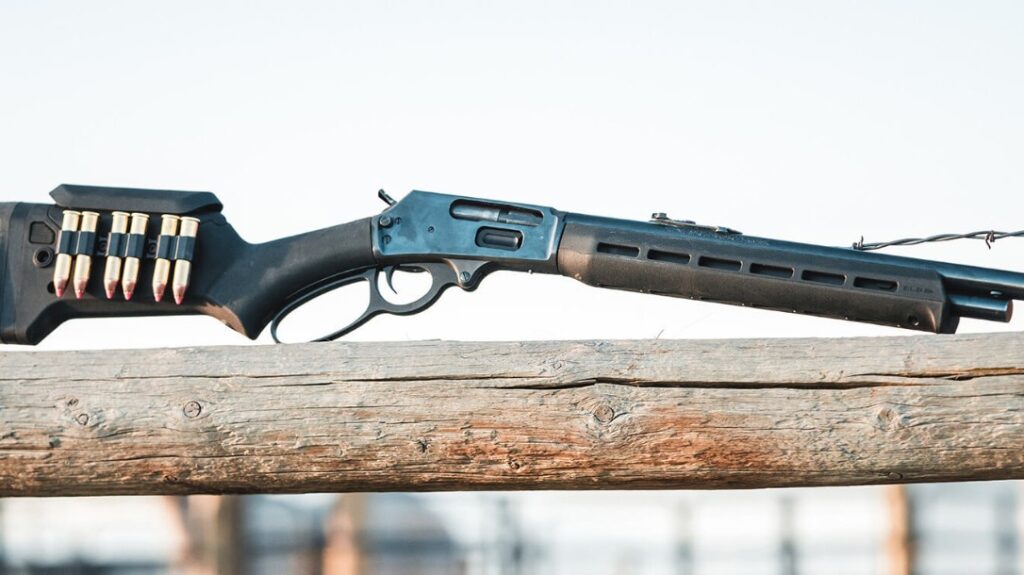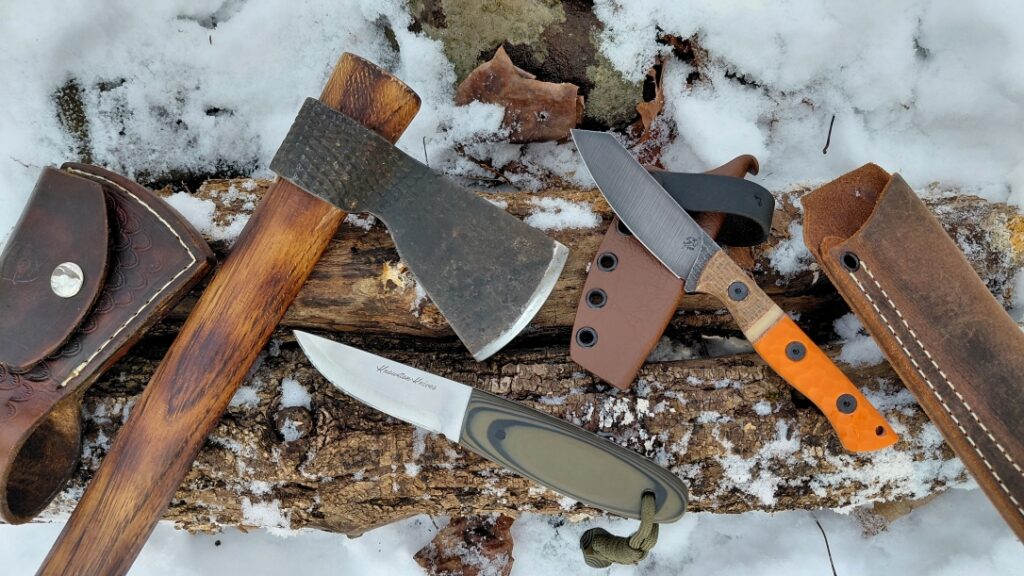Image above: Bill Wilson shooting one of his pistols. image credit: Wilson Combat
The Bill Drill: Six rounds into an IPSC A-Zone (6 inches by 11 inches on a metric target) or IDPA “Down 0” zone (eight inch diameter) starting from the holster at seven yards. It is a straightforward and simple drill and probably one of the most popular shooting exercises out there.
Rob Leatham, one of the most decorated pistol shooters in history, dubbed this exercise the Bill Drill after Bill Wilson of Wilson Combat who was an early pioneer of pistol action shooting sports at their dawn during the late 1970s and early 1980s.
Advertisement — Continue Reading Below
WHY THE BILL DRILL MATTERS
The time it takes a person to shoot a clean Bill Drill can say a lot about their pistol shooting skills. Once again, the Bill Drill itself is an extremely simple and straightforward affair. After all, shooting a six inch by eleven inch A-zone target at 7 yards is not particularly hard. However, in order to clear this exercise at a high level, every aspect of shooting a handgun must be done decisively and with no wasted movement. It starts before the timer even goes off. How you stand. How your hand moves to your gun to draw; how the support hand joins the firing hand. How you squeeze down on your pistol and the moment you decide to break the first after deciding that your immediate sight picture is acceptable. How you use your arms and entire upper body to ensure that the slide tracks flat. And how you shoot to what your sight(s) tell(s) you until the gun locks back on the last round.
BILL DRILL TIME STANDARDS
While different instructors or organizations may have their own time standards with regards to the Bill Drill, a reasonable Bill Drill par time for most shooters is 3.5 seconds (and maybe four seconds for those who are new to working from a holster). Clearing the Bill Drill at two seconds or less is evidence of strong pistol shooting abilities, especially if done from concealment and not from a competition holster or equipment. According to Brian Enos, two seconds was also Bill Wilson’s original par time back in the day.
Arguably, the draw is the most critical part to getting a very competitive time. For example, a fast shooter who has a draw-to-first-shot-time of 1 second now has to shoot the remaining five shots with splits of at least 0.2 seconds or less to make that 2 second par time.
Advertisement — Continue Reading Below















